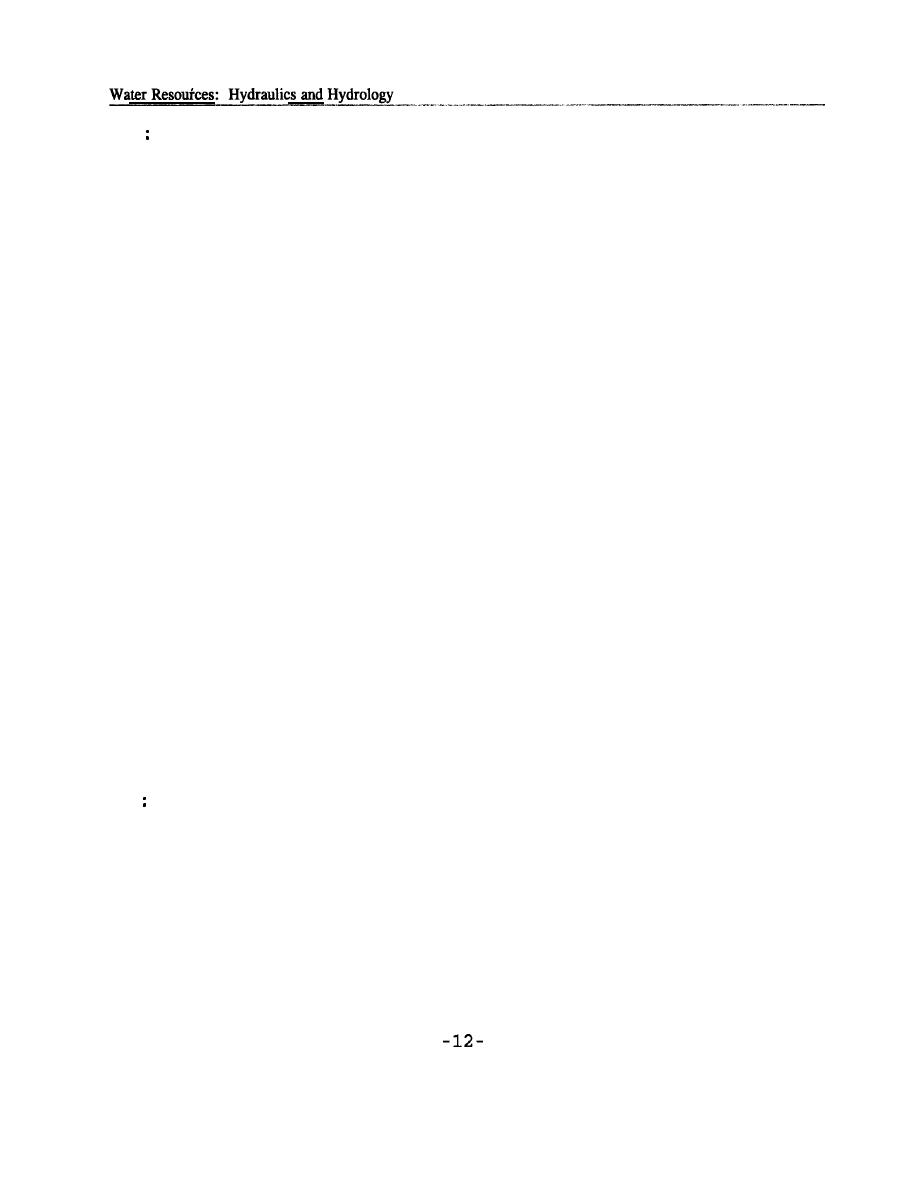
What we called gauge relations. In other words, from floods of record you would
A
plot the reading at one point against the readings at the next point and on down the
river system. Where tributaries come in, you could plot a family of curves. In
other words, you'd have a family of curves instead of a single curve. You'd have
a relation between three gauges then. That was the normal procedure, but while I
was in Harrisburg I had started developing the relations between rainfall and runoff
which had not been done very much up to that time.
As part of the project field work, they began to add to the reporting system where
they'd have readers at these various gauges and they would report the reading into,
for the Susquehanna Basin, to Harrisburg, for instance. The Weather Bureau, now
the National Weather Service did then and now still does the river forecasting for
the whole country. That's why they were around in this joint study.
So in the days before this, most of the Weather Bureau officials would, it would be
a judgment call. They wouldn't have any fixed procedure, just based on their
experience, and lot of them were real experienced, but just from their past
knowledge. By having an idea how much rainfall there was, they would estimate
what these river readings were going to be. So I developed a number of
procedures, the relationships for a number of the river basins, as part of this study,
whereas if you had so much runoff with certain, I think maybe that time I was using
the base flow, the groundwater flow, as an index of how much runoff you'd get
from a given amount of rainfall. Based on past studies of past storms, again, I
plotted relationships between the index conditions, the amount of rainfall, and how
much runoff vou would get. Then we used unit hydrographs to convert that rainfall
into runoff. I don't know whether you want to, I guess it doesn't matter whether I
jump around, does it?
Q ..
No, whatever you want to do to explain is fine.
A
1932, L. K. Sherman, who became a consultant on the Geological Survey study,
In
developed what he called a "unit graph," which theory was that if one inch of
runoff gave you a certain hydrograph, two inches of runoff would give you twice
that hydrograph, but that the time scale would stay pretty much the same, but the
ordinates, the intensity of the runoff, would fluctuate with the amount of runoff.
You'd develop these "unit graphs" for one inch of runoff so then you could just
multiply the ordinates by however much runoff you expected. But, of course,
involved in it is the duration of the storm.


 Previous Page
Previous Page
